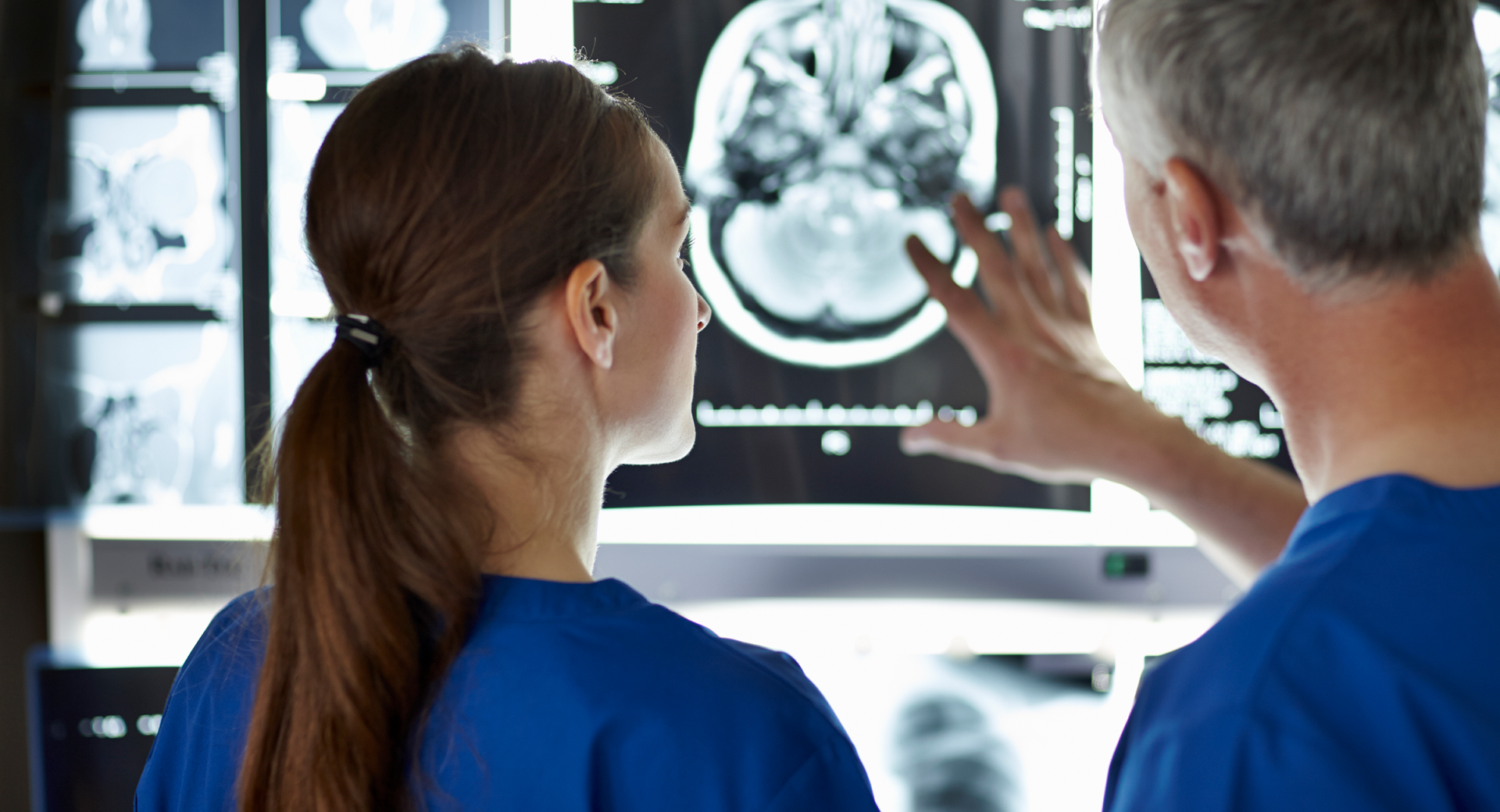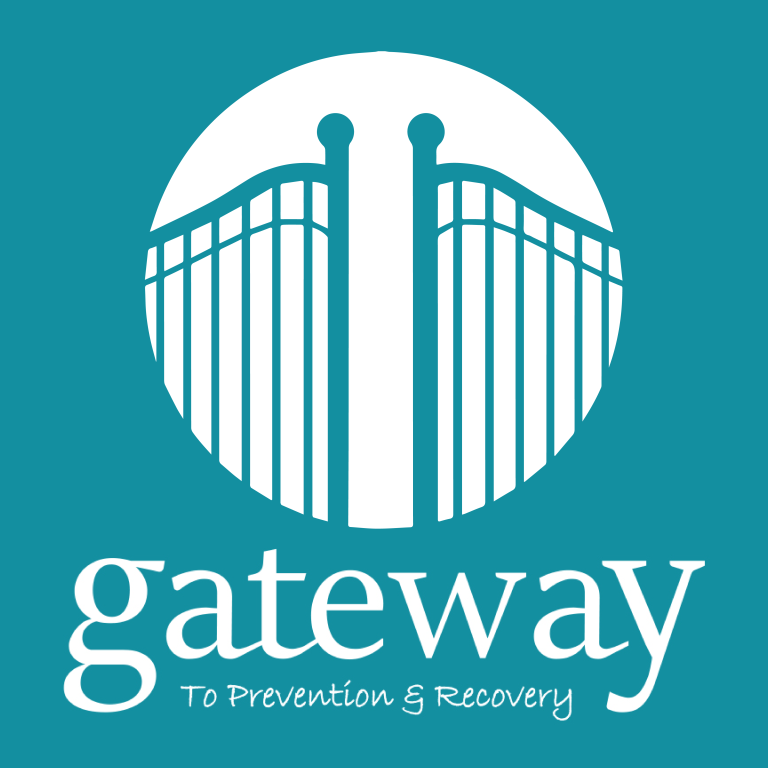
What goes into the process of changing ourselves and can we really change? Scientists and researchers seem to believe so, even when the body has experienced extreme physical, mental, emotional, and psychological trauma.
The focus is associated with one of the most fascinating organs in the human body. The brain. This is an introduction and spark for your curiosity to further explore your brain and reflect on your own beliefs, reactions, and behaviors. Ultimately, I hope that you find that healing and growth are possible wherever you may be in your walk of life.
So, have you heard of neuroplasticity?
Neuroplasticity is the brain's ability to change and reform new neurological connections. This doesn’t mean the brain can reform new cells. According to researchers, we are born with the cells we get and if physical damage occurs to the brain and cells are lost, new ones can’t reform. While this sounds kind of bleak, the amazing thing about our brain is that our cells can reroute functions! In most cases, the brain has the capacity to form new connections. Think of it like, your GPS map rerouting you when part of a road is under construction or there is a wreck.
The human brain develops and grows from prenatal to around the age of 25 to be fully functional. During this time millions of connections are made to help us do everything from walking to making sense of the emotions in others. This is why nutrition, nurturance, stimulation, and safety are profound for children. It helps the brain build connections!
Not all people have ideal environments, though, and through our lives adversity and trauma influence how our brain develops. Sometimes connections become stunted or get impacted by trauma. However, the amazing understanding we now have about the brain is that it can reform and create new connections to increase and repair functioning. This has been evidenced in repaired physical functioning in people with brain damage from stroke or trauma and in mental and emotional functioning with people who have distressing anxiety and depression.
We have the ability to change, heal, and create new patterns of functioning. This includes relating to our environment, ourselves, and others. Science used to have a fixed view of personality, mental health, and even physical functioning especially when someone was injured or experienced trauma. This view has shifted to include a more organic perspective.
Here are a few ways you can begin to create new patterns of change right now:
- Begin drinking more water. Water aids in helping the brain build new connections.
- Go for a walk outside three or more times a week. Movement has been shown to elevate mood and increase overall well-being.
- Start a practice of journaling your thoughts and emotions. Reflection, even if it is a little, helps the brain reprocess experiences and elevates problem solving.
- Reach out to your primary care doctor or seek mental health support to gain further insight into your mind and body’s needs.
You are never too old to change your life and circumstances. Change takes time, may require support, and involves effort (ask anyone who has ever had to do physical therapy after a procedure or injury). Change takes grit. It is possible to create new and lasting changes with time. Our brains were wonderfully wired for it!
If you or someone you know needs additional support and treatment for their substance use, please call 273-1170 x0. Gateway is ready to support you.
Mitchell DeShazer is a Licensed Marriage and Family Therapist for Gateway to Prevention and Recovery. He has worked with various individuals, couples, and families with the goal of helping to improve relational health and strength.
